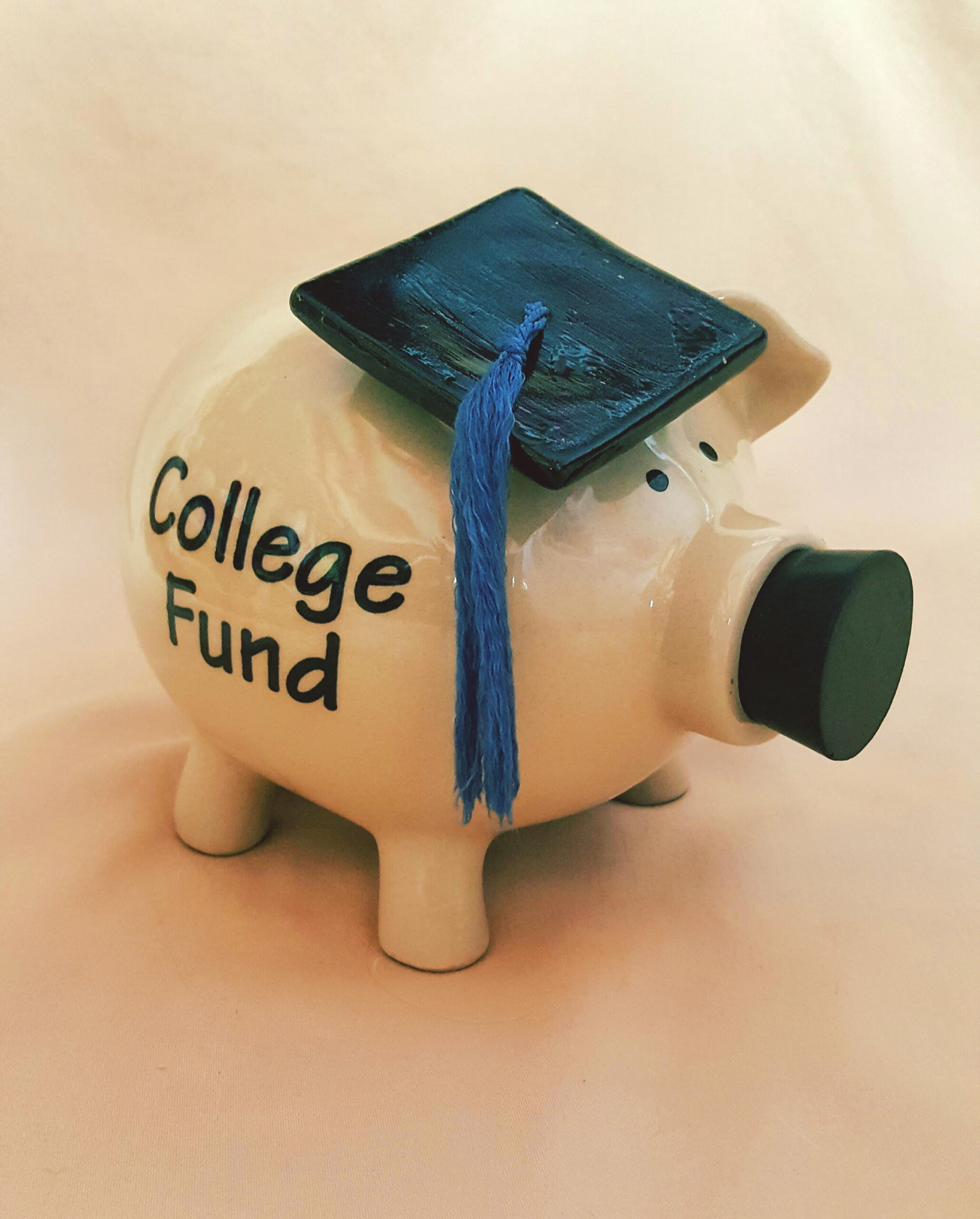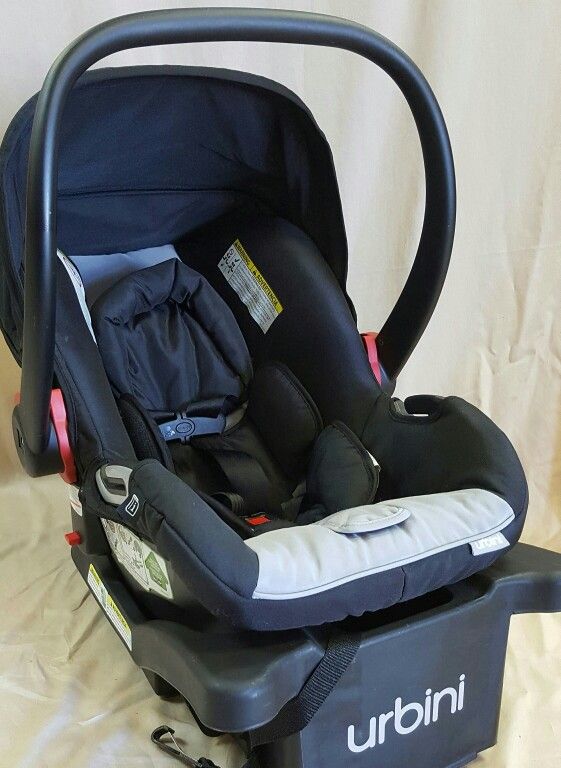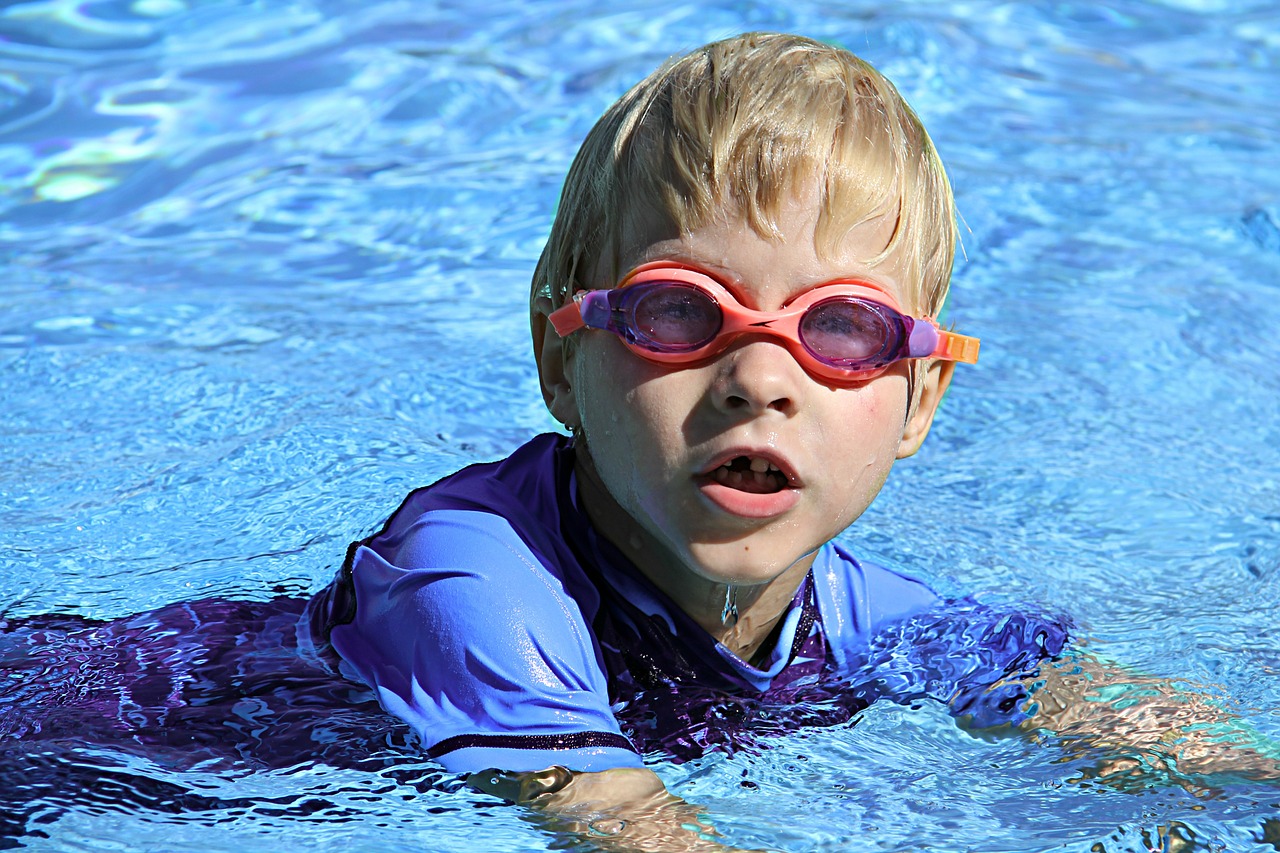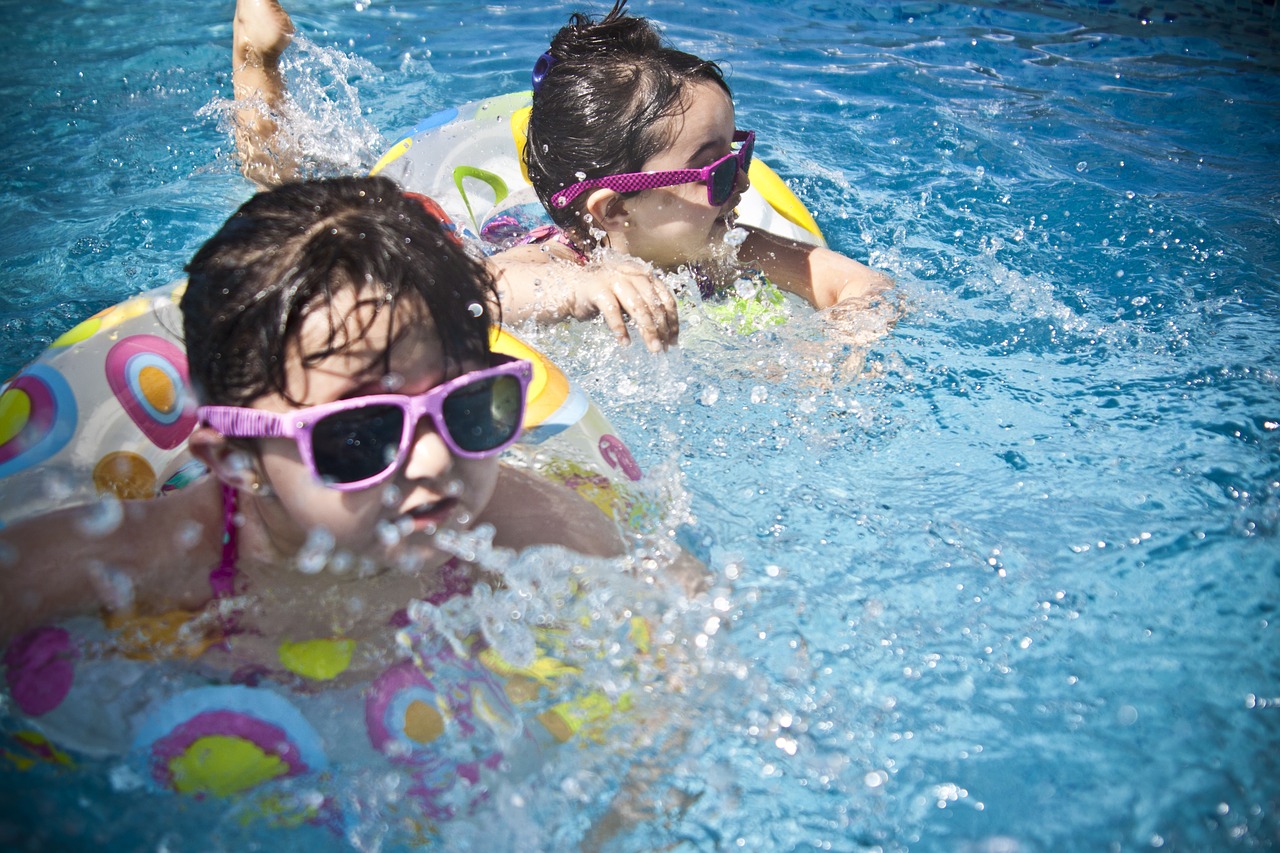
Blog n More
-

Even if your kids are young, it’s never too soon to think about college costs. If your child is in high school, you should definitely take advantage of any financial aid information it offers. Many high schools have dedicated spaces…
-

Buying a Used Car Seat
Updated 7/25/23 Mention a car seat, and you have our attention. We firmly believe that car seats and restraints should always be used for kids who need them. In Arizona, this includes kids who are: Children ages eight to 17…
-

HulaFrog Said We’re Still Most Loved in Scottsdale!
Who were we to argue with Hulafrog? For three straight years in a row, Hulafrog named us Most Loved in Scottsdale for Kids Consignment. In 2021, we snared Most Loved for Toy Stores and Book Stores – a first, beating…
-

Stay Away From Seat Belt Extenders!
Have you heard about people using seat belt extenders to make it easier for kids to buckle into car seats? If you have, this is one “tip” to ignore. Seat belt extenders are devices that extend seat belts to let…
-

Swimming Lessons for Kids
It’s been crazily cool lately, especially for May, but we all know the temperature is going to hit triple digits soon. That means swimsuits and toys will be pulled out as more people take to the water! So let us…
-

Let’s End the Epidemic of Child Drowning
It’s the saddest news we hear in the Valley every year: a toddler or child drowning. It’s already happened this year: a 3-year old drowned in the family pool in Queen Creek in April. It’s not that parents aren’t alert.…
